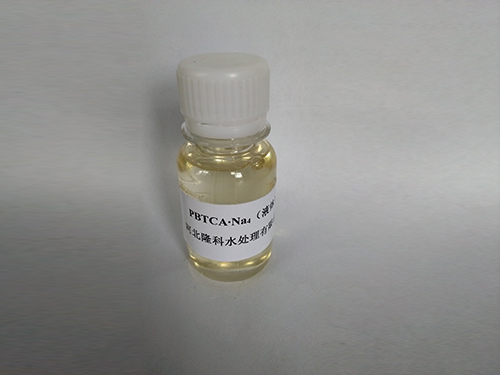coagulant flocculant
The Role of Coagulants and Flocculants in Water Treatment
Water is a vital resource for life, and its purity is essential for human health, environmental balance, and sustainable development. Among various water treatment processes, the use of coagulants and flocculants plays a pivotal role in ensuring water is free from impurities, pathogens, and particulate matter. These chemical agents are fundamental in various applications, including drinking water purification, wastewater treatment, and industrial processes.
Understanding Coagulants and Flocculants
Coagulants are substances that help to aggregate suspended particles in water, promoting their clumping into larger particles. Typically, coagulants are metallic salts, such as aluminum sulfate (alum), ferric chloride, and polyaluminum chloride. When added to water, these substances neutralize the charges on suspended particles, facilitating their aggregation.
Flocculants, on the other hand, are agents that aid the formation of larger flocs from the aggregated particles created by coagulants. They are usually high-molecular-weight polymers that produce a net-like structure, trapping particles and forming larger aggregates that can be easily removed from the water. Common flocculants include polyacrylamide and various natural products like starch and dextran.
The Coagulation and Flocculation Process
The process of coagulation and flocculation typically involves several steps
1. Coagulation Coagulants are added to the water, causing destabilization of suspended particles due to charge neutralization. This step is critical as it sets the stage for the subsequent flocculation process.
2. Flocculation The water is then mixed gently to promote the formation of larger aggregates, known as flocs. During this stage, flocculants are typically introduced to enhance the process by binding smaller particles together.
3. Sedimentation Once flocs are formed, they tend to settle at the bottom of the treatment vessel due to gravity. This step allows for the efficient removal of a significant portion of impurities.
coagulant flocculant

4. Filtration The clarified water is then filtered to remove any remaining particles, ensuring that the final product meets safety and quality standards for consumption or discharge.
5. Disinfection Though coagulation and flocculation effectively remove many contaminants, disinfection processes, such as chlorination or UV treatment, are often employed to eliminate pathogens that may remain in the water.
Flow in Different Applications
The use of coagulants and flocculants is not limited to municipal water treatment. They are widely applied in various sectors, including industrial wastewater treatment, mining, and textiles. In industrial settings, these agents help in managing effluents effectively, reducing environmental impact, and ensuring compliance with regulatory standards.
In the mining industry, for example, coagulants are used to manage slurry and remove heavy metals. In the textile industry, they play a crucial role in treating dye wastewater, minimizing color and chemical load before discharge.
Environmental Considerations
While coagulants and flocculants are effective in enhancing water treatment efficiency, their environmental impact should also be taken into account. The choice of chemical agents can influence the residuals in treated water, which can pose risks to aquatic ecosystems if not managed properly. For this reason, research is ongoing to develop more environmentally friendly alternatives, such as bio-flocculants derived from natural sources.
Conclusion
The application of coagulants and flocculants in water treatment is a critical component of modern environmental management. Their ability to remove suspended particles and improve water clarity significantly enhances the efficiency of water treatment processes. As we continue to face challenges related to water scarcity and pollution, the role of these chemical agents will become increasingly important, driving innovations in sustainable technologies to ensure access to clean water for all. By carefully selecting and using coagulants and flocculants, we can protect public health and the environment while advancing toward a more sustainable future.
-
Water Treatment with Flocculant Water TreatmentNewsJun.12,2025
-
Polymaleic AnhydrideNewsJun.12,2025
-
Polyaspartic AcidNewsJun.12,2025
-
Enhance Industrial Processes with IsothiazolinonesNewsJun.12,2025
-
Enhance Industrial Processes with PBTCA SolutionsNewsJun.12,2025
-
Dodecyldimethylbenzylammonium Chloride SolutionsNewsJun.12,2025





